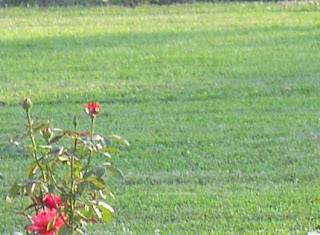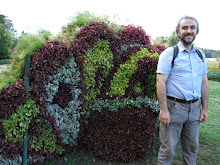
in the beginning there was the weeping
days were hills between the apparitions of the same face
that buried all things in your voice
displaced from light
sometimes I used to cling to its sharp edge
and cut myself, but no blood would come out, only a silence
filled with open mouths waiting for the word
that would take out one of my ribs
slowly rotating the universe, following the code
hidden behind it
long before the grass grew
your gaze alone would bend my bars
and they became strings
upon which a song would push you out
while you were coming out, a part of me
somehow remained painted inside you
a rock art shape moving opposite the arrow
I remained half in you
you were half open
into the body smeared with seeping visions
with a cross nailed to the back
so that the colors would keep calm
the unborn half was struggling to come out
that’s why with every backlash
you looked more and more like a child
wherever you went trees touched your head
with their tops
and hawks drank the night from your collarbones
*
I can no longer feel where you are, my flesh has been ripped off
I only stretch out my arms into the night to catch the rainbow
wet rags are shivering inside
towards a seal put on a crater
do you still know me? lip edges are calling you
do you recognize me? I cut myself with the echo
I don’t even know when you crush the glaciers under my eyelids
the color spreads out when you withhold
the outburst into words
I am the child left floating on the waters inside the tiny boat
with fists full of mud
between the oars that hold my quarter of the sun
all these because you have the face
I have never seen before
(poem published in the volume "catacombe. aici totul e viu" ("catacombs. everything is alive here"), Vinea Publishing House, Bucharest, 2008, pp. 78-80. English translation: Simona Sumanaru.)






















